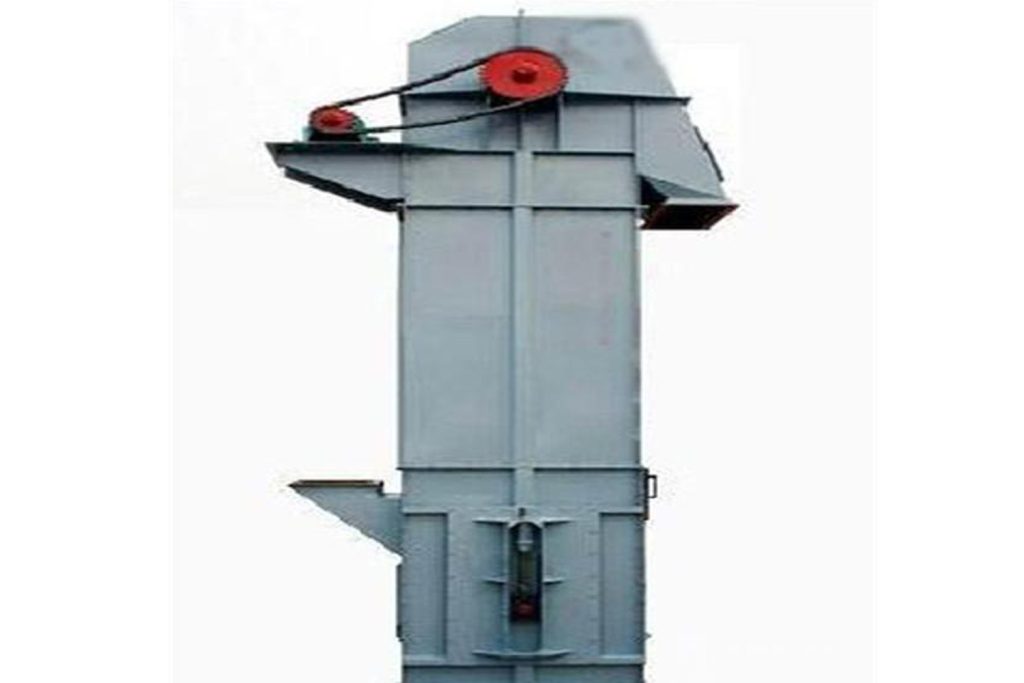Bucket elevators and drag chain conveyors are both essential components in material handling systems.
Bucket Elevators : Design and Operation
Bucket elevators are vertical conveyors that use buckets to transport bulk materials vertically. They are commonly used in industries such as agriculture, mining, and manufacturing for the transportation of granular and powdered materials.
Bucket elevators consist of a series of buckets attached to a chain or belt. The buckets are filled with material at the bottom of the elevator and are lifted vertically to the top, where they are emptied into a discharge chute or conveyor. The elevator is driven by a motor and pulley system, which moves the chain or belt and lifts the buckets.
Applications
bucket elevators are commonly used in industries such as agriculture, mining, and manufacturing for the transportation of granular and powdered materials. They are ideal for handling materials that are abrasive, sticky, or have a high temperature. Bucket elevators are often used in applications such as grain handling, cement production, and mining operations.
Advantages
- Can handle a wide range of materials
- High capacity and throughput
- Low maintenance requirements
Disadvantages
- Limited to vertical transportation
- Requires a high initial investment
- Can be noisy and dusty

Drag Chain Conveyors : Design and Operation
Drag chain conveyors are horizontal conveyors that use a chain with attached flights to transport bulk materials horizontally. They are commonly used in industries such as agriculture, mining, and manufacturing for the transportation of granular and powdered materials.
Drag chain conveyors consist of a series of flights attached to a chain. The chain is driven by a motor and pulley system, which moves the flights and transports the material horizontally. The flights are designed to push the material along the conveyor and prevent it from spilling over the sides.
Applications
Drag chain conveyors are commonly used in industries such as agriculture, mining, and manufacturing for the transportation of granular and powdered materials. They are ideal for handling materials that are abrasive, sticky, or have a high temperature. Drag chain conveyors are often used in applications such as grain handling, cement production, and mining operations.
Advantages
- Can handle a wide range of materials
- Can transport materials over long distances
- Low maintenance requirements
Disadvantages
- Limited to horizontal transportation
- Can be noisy and dusty
- Requires a high initial investment
Conclusion
In conclusion, bucket elevators and drag chain conveyors are both essential components in material handling systems. While they have some similarities, such as their ability to handle a wide range of materials and their low maintenance requirements, they also have some key differences. Bucket elevators are limited to vertical transportation, while drag chain conveyors can transport materials over long distances. Additionally, bucket elevators require a high initial investment, while drag chain conveyors can be noisy and dusty. Overall, the choice between these two types of conveyors will depend on the specific requirements of the application.